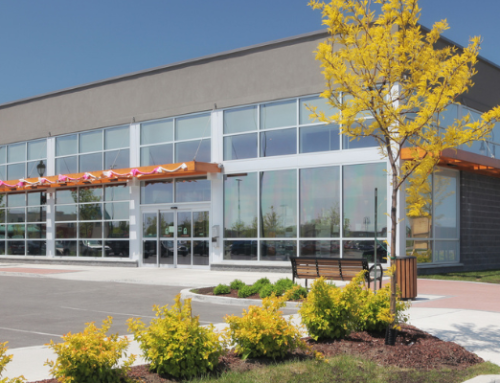Given the ongoing pandemic, a new presidential administration, and uncertainties over economic recovery, real estate investors and other stakeholders have been watching the housing market for signs of a possible bubble or downturn. However, it’s still a seller’s market, and there are pockets of opportunities for investors who know where to look. Here’s what we can probably expect in 2021.
The Current Housing Market
U.S. economic growth in 2021 is expected to be about four to five percent, a positive sign for any industry. COVID-19 vaccines and more stimulus relief are the two main factors pushing economic forecasts forward. Home sales are expected to grow seven percent in 2021 and home prices by 5.7 percent, according to realtor.com.
Factors that are slowing growth or could impact forecasts include rising material costs, supply chain disruptions, labor shortages, and increased regulatory costs. Younger buyers make up most new homeowners, but the threat of being pushed out of the market due to escalating home prices is very real for Millennial and Gen Z buyers.
New construction for single-family homes will begin to taper off by about mid-year and then decelerate slightly as demand matches more closely with supply – though 2021 will still be a seller’s market.
Middle-market multi-family properties are also expected to farewell. Affordable housing properties are considered “blue chip investments” because there will always be a demand for them. Common areas in apartment buildings, condos, or student housing may be repurposed and reimagined with social distancing in mind. Yet, timely rent payments continue to be a top concern for owners.
Legislative updates have helped to bolster housing confidence, too. The Consolidated Appropriations Act, which was signed into law on December 27, 2020, contained $25 billion in rent relief for struggling Americans. The Act also extended the moratorium on single-family foreclosures and real estate owned (REO) evictions until March 31, 2021, for enterprise-backed mortgages.
Considerations for Real Estate Investors
Real estate investors may want to consider looking in suburban and rural areas for investment opportunities with likely low vacancy rates and higher profitability potential. Alternatively, with low-interest rates and more inventory, it could be a good time to invest in urban properties and plan for the return of city dwellers. Real estate investors who dabble in the stock market side of the sector versus properties can also remain optimistic about the value of mortgage-backed securities. REITs remain a solid investment as well as national home builders with a plan to weather expected new housing downturns.
Apartment buildings are another potential opportunity for real estate investors, especially in the suburbs where rental vacancy rates are the lowest. Interest rates will continue to be at record lows for the foreseeable future, and equity financing is expected to remain available. Rental vacancy rates are averaging around seven percent in principal cities and 7.5 percent in larger metro areas, while many suburbs are averaging just 5.5 percent.
In Virginia and Maryland, we’re seeing a statewide average of 4.8 and 6.4 percent, respectively. Going slightly further south, rental vacancy rates in New Bern, NC are about 6.5 percent and 3.5 percent in Morehead City, NC. What this means for investors and owners is that higher per-unit rent prices could be on the horizon. This is something already being seen in the Virginia Beach-Norfolk-Newport News metro area, with the year-over-year rent increase averaging seven percent.
Investors should also be aware of property types that likely won’t be in high demand, like nursing homes and assisted living facilities. The long-term impact of aging in place combined with the rise in COVID-19 cases in senior housing facilities will likely drive down the demand for new construction in this area. Senior housing construction was already slowing prior to COVID-19, despite the rise in an aging demographic. However, the number of people over age 75 will grow by the millions over the next five to ten years; slow growth now could very well give way to a trend reversal in the coming years.
Adaptive reuse is certainly an excellent opportunity for real estate investors in 2021, whether it’s multi-family housing, single-family home developments, or other types of real estate. Affordable housing ranks high on this list, as well as other commercial properties like malls, hotels, or industrial.
Part of the bigger picture for investors is the future of the 1031 exchange. Final regulations were only issued in the fourth quarter of 2020, but Biden’s plan seeks to modify or eliminate 1031 exchanges. It seems unlikely that any change will happen in 2021, even retroactively, but investors may want to accelerate certain transactions in 2021.
Conclusion
Real estate stakeholders need to remain aware of overall changes and predictions in the industry so they can capitalize on opportunities at the right time.





